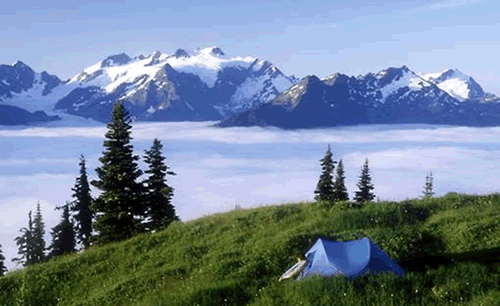
Large numbers of Americans watch and participate in sports activities, which are a deeply ingrained part of American life. Americans use sports to express interest in health and fitness and to occupy their leisure time. Sports also allow Americans to connect and identify with mass culture. Americans pour billions of dollars into sports and their related enterprises, affecting the economy, family habits, school life, and clothing styles. Americans of all classes, races, sexes, and ages participate in sports activities—from toddlers in infant swimming groups and teenagers participating in school athletics to middle-aged adults bowling or golfing and older persons practicing t'ai chi.
Public subsidies and private sponsorships support the immense network of outdoor and indoor sports, recreation, and athletic competitions. Except for those sponsored by public schools, most sports activities are privately funded, and even American Olympic athletes receive no direct national sponsorship. Little League baseball teams, for example, are usually sponsored by local businesses. Many commercial football, basketball, baseball, and hockey teams reflect large private investments. Although sports teams are privately owned, they play in stadiums that are usually financed by taxpayer-provided subsidies such as bond measures. State taxes provide some money for state university sporting events. Taxpayer dollars also support state parks, the National Park Service, and the Forest Service, which provide places for Americans to enjoy camping, fishing, hiking, and rafting. Public money also funds the Coast Guard, whose crews protect those enjoying boating around the nation's shores.
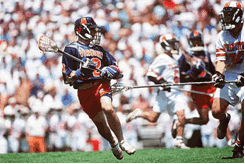 Sports in North America go back to the Native Americans, who played forms of lacrosse and field hockey. During colonial times, early Dutch settlers bowled on New York City 's Bowling Green , still a small park in southern Manhattan . However, organized sports competitions and local participatory sports on a substantial scale go back only to the late 19th century. Schools and colleges began to
Sports in North America go back to the Native Americans, who played forms of lacrosse and field hockey. During colonial times, early Dutch settlers bowled on New York City 's Bowling Green , still a small park in southern Manhattan . However, organized sports competitions and local participatory sports on a substantial scale go back only to the late 19th century. Schools and colleges began to
encourage athletics as part of a balanced program emphasizing physical as well as mental vigor, and churches began to loosen strictures against leisure and physical pleasures. As work became more mechanized, more clerical, and less physical during the late 19th century, Americans became concerned with diet and exercise. With sedentary urban activities replacing rural life, Americans used sports and outdoor relaxation to balance lives that had become hurried and confined. Biking, tennis, and golf became popular for those who could afford them, while sandlot baseball and an early version of basketball became popular city activities. At the same time, organizations such as the Boy Scouts and the Young Men's Christian Association (YMCA) began to sponsor sports as part of their efforts to counteract unruly behavior among young people.
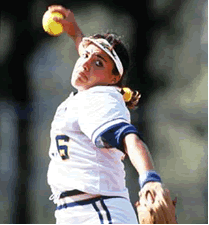
Baseball teams developed in Eastern cities during the 1850s and spread to the rest of the nation during the Civil War in the 1860s. Baseball quickly became the national pastime and began to produce sports heroes such as Cy Young, Ty Cobb, and Babe Ruth in the first half of the 20th century. With its city-based loyalties and all-American aura, baseball appealed to many immigrants, who as players and fans used the game as a way to fit into American culture.
Starting in the latter part of the 19th century, football was played on college campuses, and intercollegiate 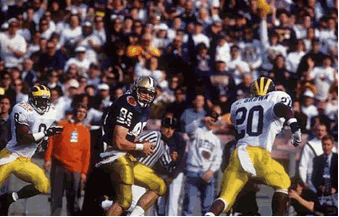
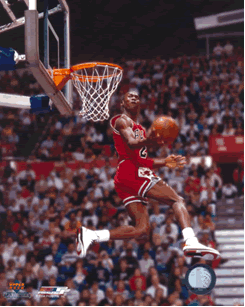
Basketball is another sport that is very popular as both a spectator and participant sport. The National Collegiate Athletic Association (NCAA) hosts championships for men's and women's collegiate teams. Held annually in March, the men's NCAA national championship is one of the most popular sporting events in the United States . The top men's professional basketball league in the United States is the National Basketball Association; the top women's is Women's National Basketball Association. In addition, many people play basketball in amateur leagues and organizations. It is also common to see people playing basketball in parks and local gymnasiums around the country.
Another major sport played in the United States is ice hockey .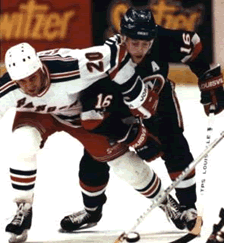 Ice hockey began as an amateur sport played primarily in the Northeast. The first U.S. professional ice hockey team was founded in Boston in 1924. Ice hockey's popularity has spread throughout the country since the 1960s. The NCAA holds a national collegiate ice hockey championship in April of each year. The country's top professional league is the National Hockey League (NHL). NHL teams play a regular schedule that culminates in the championship series. The winner is awarded the Stanley Cup, the league's top prize.
Ice hockey began as an amateur sport played primarily in the Northeast. The first U.S. professional ice hockey team was founded in Boston in 1924. Ice hockey's popularity has spread throughout the country since the 1960s. The NCAA holds a national collegiate ice hockey championship in April of each year. The country's top professional league is the National Hockey League (NHL). NHL teams play a regular schedule that culminates in the championship series. The winner is awarded the Stanley Cup, the league's top prize.
Sports have become one of the most visible expressions of the vast extension of democracy in 20th-century America . They have become more inclusive, with many Americans both personally participating and enjoying sports as spectators. Once readily available only to the well-to-do, sports and recreation attract many people, aided by the mass media, the schools and colleges, the federal and state highway and park systems, and increased leisure time.
